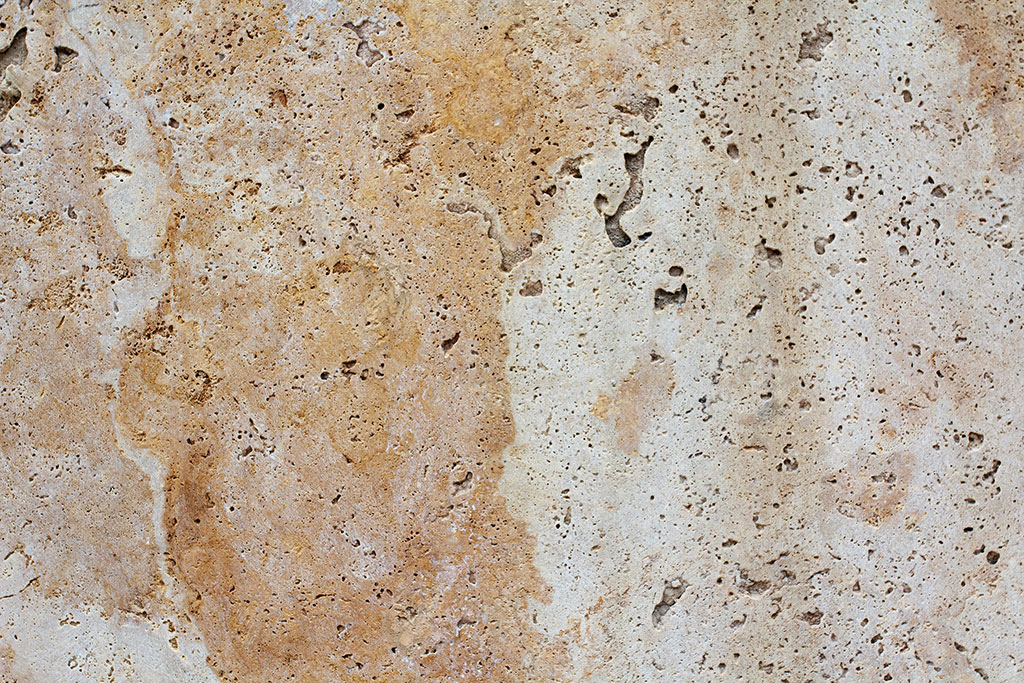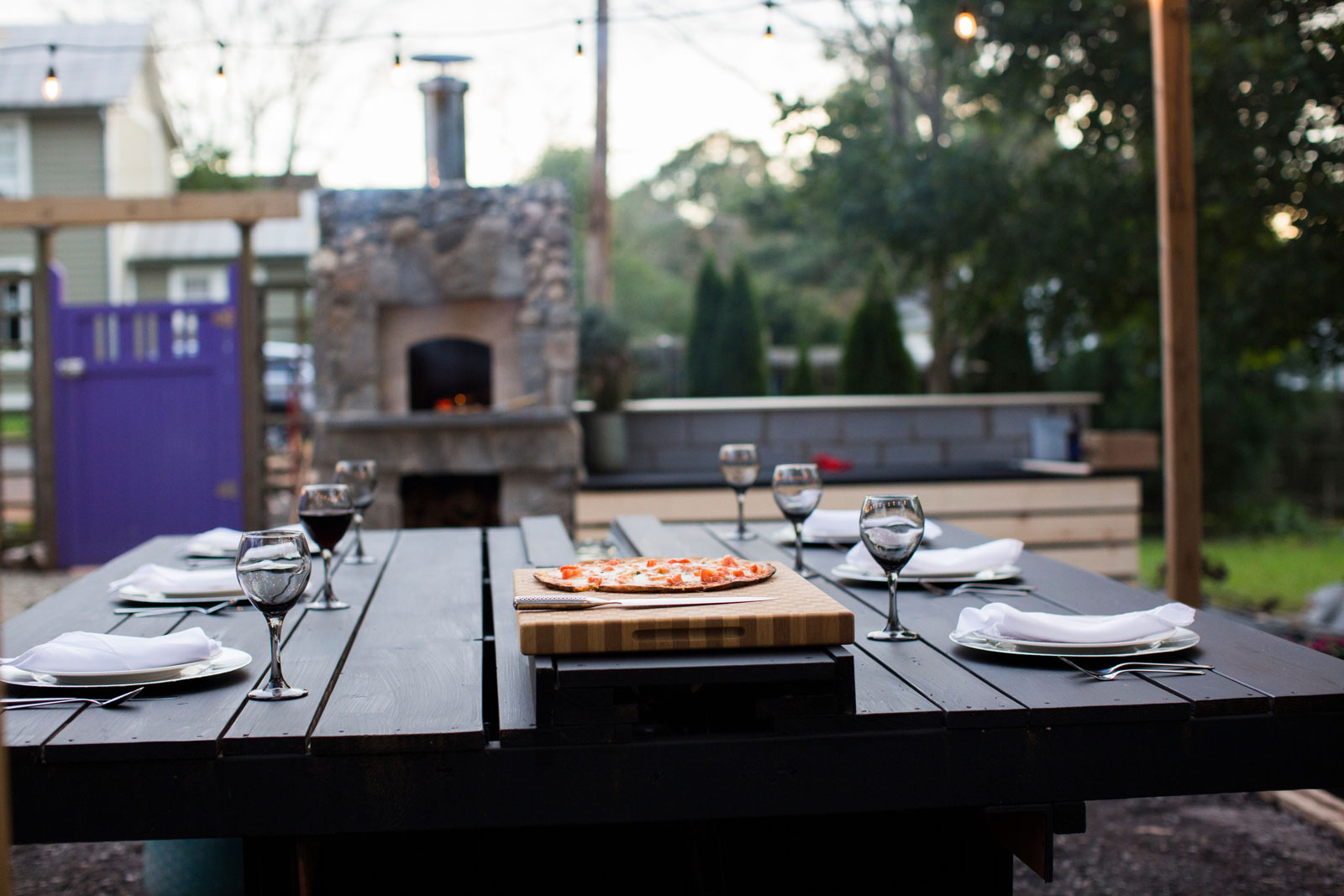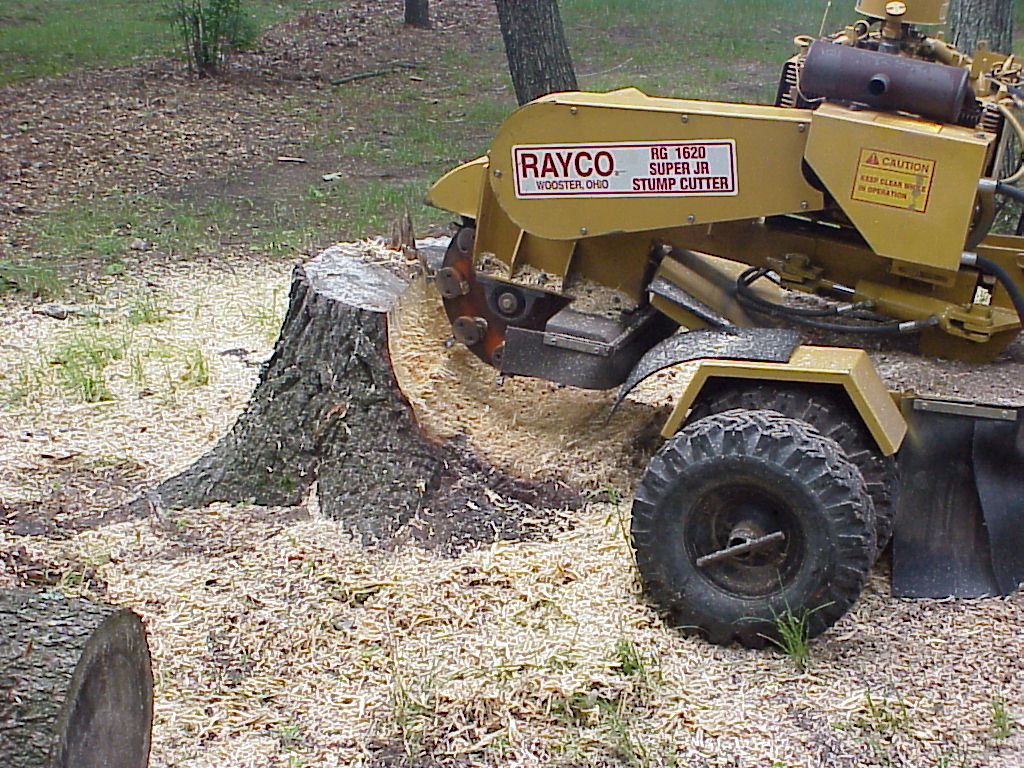ICON_PLACEHOLDEREstimated reading time: 3 minutes Virginia may not be that far south, but our summers do get crazy hot. It’s especially challenging for our clients building patios or pool decks with western exposure
- *** now booking for spring 2024
- ***
- *** request a consultation today
- ***




